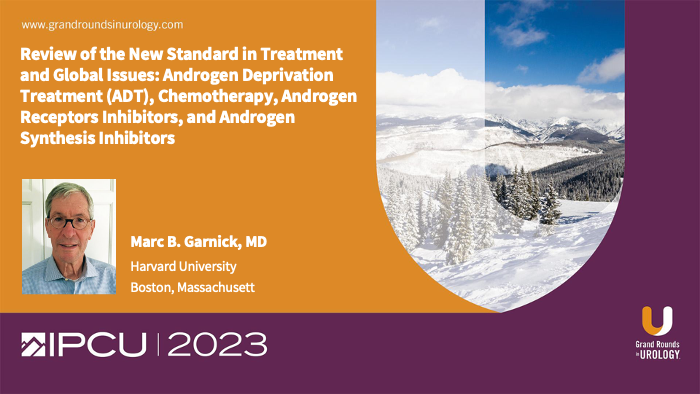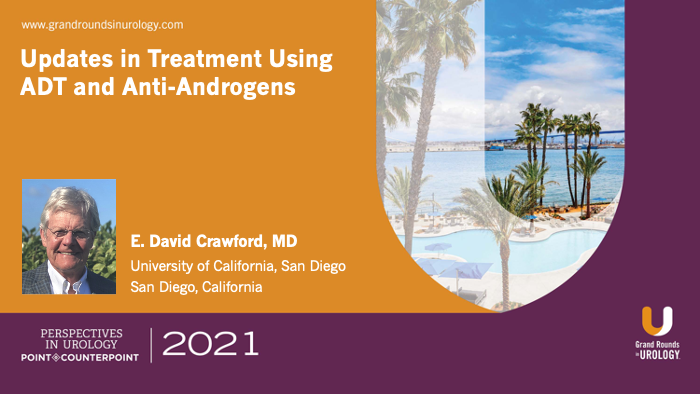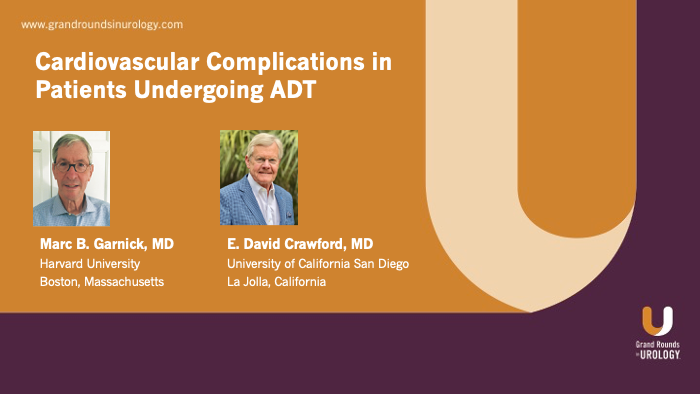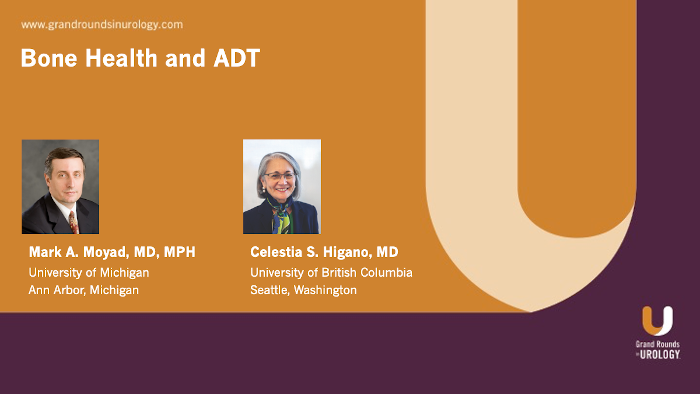NEXT GENERATION
Androgen Deprivation Therapy
One of the major treatments for prostate cancer is androgen-deprivation therapy (ADT), and about 50% of prostate cancer patients are treated with ADT at some point in their disease. ADT is used most frequently for patients with local but advanced prostate cancer or metastatic prostate cancer. The rate of ADT use in the USA increased in the 1990s and continues to be high today. ADT treatments work to decrease the amount of androgens in the prostate microenvironment to prevent this tumor progression from initiating via testosterone. This can be done with medical or surgical castration (orchiectomy). Many different types of drugs are available and approved for use as ADT for prostate cancer patients, but use different mechanisms of action (eg, LHRH agonists, LHRH antagonists, CYP17 inhibitors, and older and newer anti-androgens). There are many issues around hormone therapy that not all doctors agree on, such as the best time to start and stop it and the best way to give it. Studies are now looking at these issues, and we hope that this Next Generation Learning Center will provide additional information for the practicing physician.





